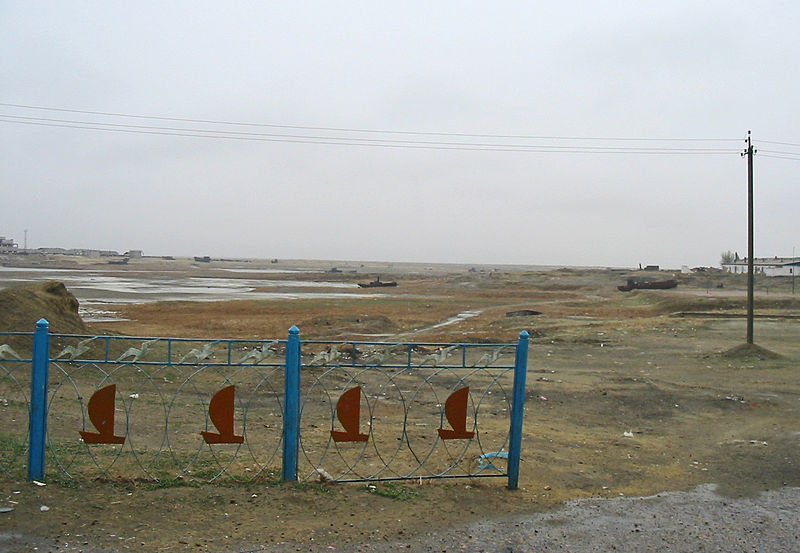At The 3Ds Blog, Jack Granatstein explains why the Canadian Forces are once again being starved of funding:
A few years ago I wrote that no government since that of Louis St Laurent in the 1950s had done more to improve the defence of Canada than Stephen Harper’s Conservatives. The St Laurent Liberals built up the armed forces to deal with the war in Korea and with the defence of North America and western Europe in the face of Soviet expansionism. At its peak, the defence budget took more than seven percent of Canada’s Gross Domestic Product, and the army, navy, and air force had as many as 120,000 men and women in the regular forces.
No one could expect any government in this century to spend on that scale, but the Conservative government did treat defence well in its first years in power. The commitment to the Afghan War, never very popular, was handled capably, and the troops received everything they needed — helicopters, new artillery, upgraded armoured personnel carriers, and tanks, not to mention new transport aircraft. The number of regulars rose slowly and slightly toward 65,000, and the government presented a schematic Canada First Defence Policy in 2008 that listed a range of objectives and equipment acquisitions. The budget projections were colossal, almost $500 billions to be spent over the next 20 years.
But that was then, this is now:
The result was that the defence budget was cut, in substantial part because deficit reduction and a budget surplus were more important than “toys for the boys.” From a peak of $21 billion in 2009-10, the defence budget in this fiscal year is $18.2 billion, about a 13 percent reduction in dollars made worse by inflation. The percentage of GDP spent on defence is now hovering at one percent, the lowest since the 1930s. In 2009, it was 1.3 percent. Making matters even worse, the Department of National Defence somehow cannot spend all the money it gets, returning almost $10 billion to the Treasury since 2006.
Despite Harper’s tough talk on the international stage, his government’s active neglect of the needs of the armed forces means we can’t back up his pugnacious rhetoric with any serious military effort: a frigate in the Black Sea, four CF-18s in the Baltic, a couple of transport aircraft shuttling supplies into Erbil, and a small special forces contingent helping the Kurds … and that’s about our current limit for overseas deployment. The Royal Canadian Air Force is still waiting for new helicopters (after more than 20 years of stop-go-stop procurement disasters) and a decision on replacing the CF-18. The Royal Canadian Navy just announced the immediate retirement of four ships, with no replacements available for years (if ever), and the Canadian Army is struggling to maintain equipment and keep up training schedules due to budget constraints.
And, as Granatstein points out, if the Liberals or NDP win the next federal election, the situation will get worse, not better, as neither party sees the military as any kind of priority — quite the opposite.
Update: Speaking of cheeseparing “economies”, here’s the Department of National Defence’s most recent “saving”.
National Defence slashed its annual order of ammunition this year to save money — a revelation that raised fresh questions Wednesday about just how prepared Canada is to do battle with militants in the Middle East, Murray Brewster of the Canadian Press writes.
More from his article:
The 38 per cent cut was large enough to cause other government departments, Public Works and Industry Canada in particular, to sit up and take stock of the impact, internal documents obtained by The Canadian Press show.
One such document, a memo to Public Works Minister Diane Finley dated Feb. 5, 2014, indicates her department tried to convince defence officials to either abandon the cut or at least spread it out over a couple of years.
Defence officials said that would be impossible, because “they would not allow the department to meet its financial targets.”
As a result, the 2014 ammunition budget was reduced to $94 million from $153 million.
During the early phases of the Afghan war, National Defence was caught similarly flat-footed and had to rush an order through General Dynamic Ordnance, particularly for artillery shells.
The memo surfaced on the same day Prime Minister Stephen Harper told the House of Commons that the cost of deploying special forces to northern Iraq is being taken out of the department’s current budget.




